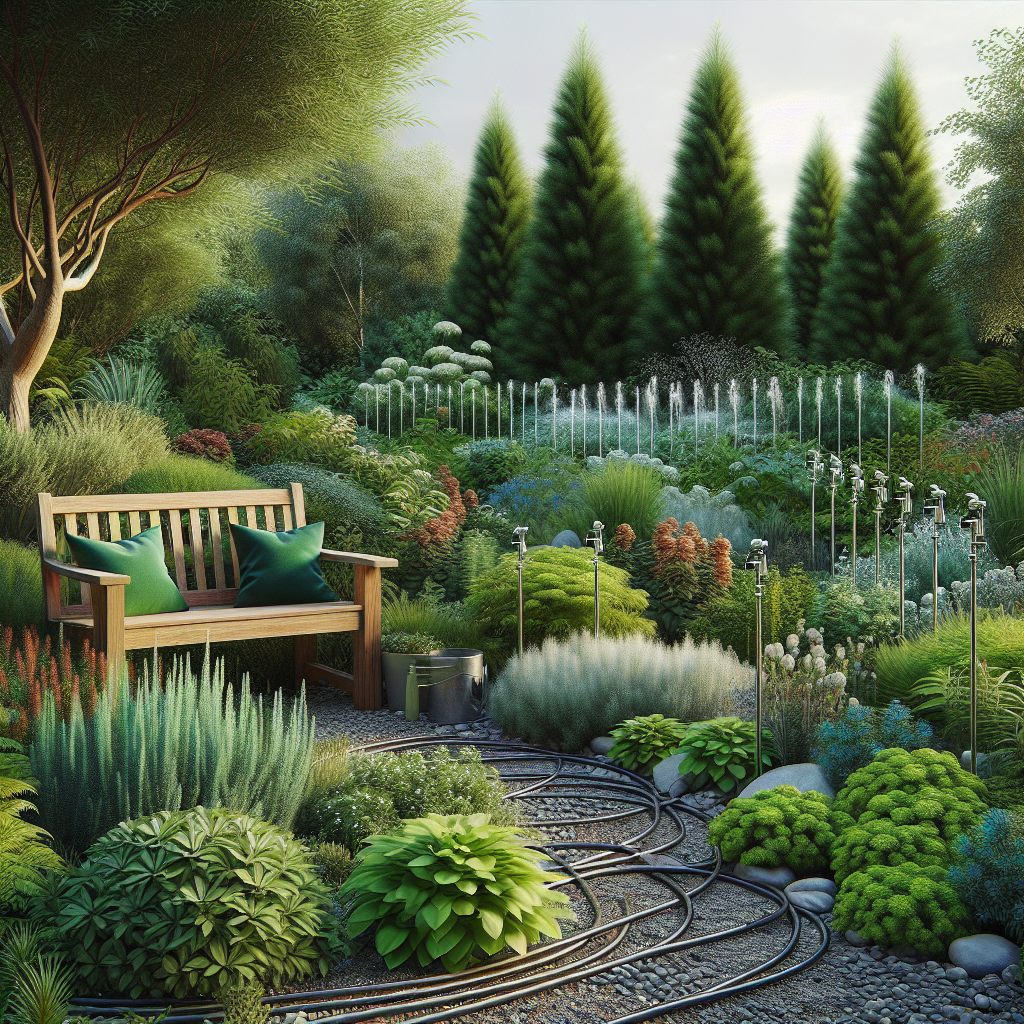A low-maintenance garden can bring joy and beauty to your outdoor space without requiring endless hours of upkeep. One key element to achieving a low-maintenance garden is implementing a slow drip irrigation system. This method of watering is efficient, effective, and helps to conserve water. In this article, we will explore the benefits of slow drip irrigation and provide tips on how to craft a low-maintenance garden using this method.
Slow drip irrigation is a watering technique that delivers water directly to the roots of plants through a series of tubes or hoses with small holes. This slow and steady flow allows the water to seep into the soil gradually, ensuring that it reaches the root zone without wasteful runoff or evaporation.
One of the primary benefits of slow drip irrigation is its efficiency. Traditional methods of watering, such as overhead sprinklers, can result in water being lost to evaporation or runoff before it has a chance to be absorbed by plants. Slow drip irrigation delivers water directly where it is needed, reducing waste and promoting healthier plants.
Additionally, slow drip irrigation can help conserve water. By delivering water directly to the root zone, this method reduces the amount of water lost to evaporation or runoff. This not only saves you money on your water bill but also helps to conserve this precious resource.
To craft a low-maintenance garden with slow drip irrigation, follow these simple steps:
1. Plan Your Garden Layout
Before installing a slow drip irrigation system, take some time to plan out your garden layout. Consider the location and size of your plants, as well as any existing structures or obstacles in your garden.
2. Choose Your Materials
There are many different types of slow drip irrigation systems available on the market, ranging from simple hose systems to more advanced timer-controlled setups. Choose a system that best fits your garden’s needs and budget.
3. Install Your System
Once you have chosen your materials, it’s time to install your slow drip irrigation system. Lay out your hoses or tubing according to your garden layout, making sure that each plant receives adequate watering.
4. Adjust Your System as Needed
After installing your system, monitor how well it is watering your plants. Adjust the flow rate or positioning of hoses as needed to ensure that each plant receives enough water.
5. Maintain Your System
Regularly check for leaks or clogs in your system and make any necessary repairs or adjustments. Also be sure to check that all parts are functioning properly and replace any worn components as needed.
By following these steps, you can create a beautiful low-maintenance garden that thrives with the help of slow drip irrigation. Not only will this method save you time and effort in watering your plants but it will also help you conserve water and promote healthier plant growth.
In conclusion, crafting a low-maintenance garden with slow drip irrigation is an eco-friendly and effective way to keep your outdoor space looking lush and vibrant with minimal effort on your part. By utilizing this efficient watering method, you can enjoy all the benefits of gardening without the hassle of constant upkeep. So why not give slow drip irrigation a try in your own garden today?













